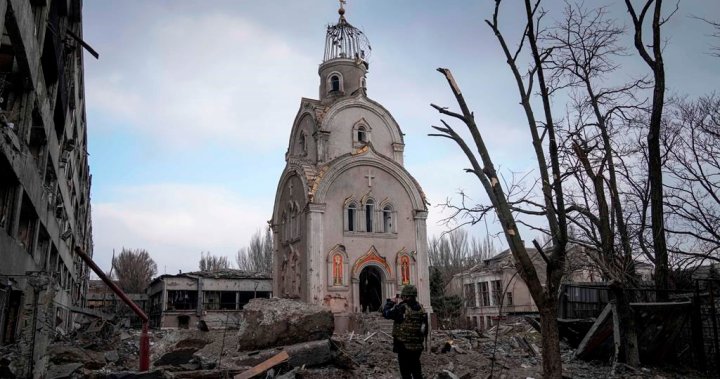
Ukraine starts using AI to identify the dead, uncover assailants amid Russian invasion
Global News
Ukraine's defense ministry on Saturday began using Clearview AI’s facial recognition to uncover Russian assailants, combat misinformation and identify the dead.
Ukraine‘s defense ministry on Saturday began using Clearview AI’s facial recognition technology, the company’s chief executive told Reuters, after the U.S. startup offered to uncover Russian assailants, combat misinformation and identify the dead.
Ukraine is receiving free access to Clearview AI’s powerful search engine for faces, letting authorities potentially vet people of interest at checkpoints, among other uses, added Lee Wolosky, an adviser to Clearview and former diplomat under U.S. presidents Barack Obama and Joe Biden.
The plans started forming after Russia invaded Ukraine and Clearview Chief Executive Hoan Ton-That sent a letter to Kyiv offering assistance, according to a copy seen by Reuters.
Clearview said it had not offered the technology to Russia, which calls its actions in Ukraine a “special operation.”
Ukraine’s Ministry of Defense did not reply to requests for comment. Previously, a spokesperson for Ukraine’s Ministry of Digital Transformation said it was considering offers from U.S.-based artificial intelligence companies like Clearview. Many Western businesses have pledged to help Ukraine, providing internet hardware, cybersecurity tools and other support. Read full story
The Clearview founder said his startup had more than 2 billion images from the Russian social media service VKontakte at its disposal, out of a database of over 10 billion photos total. Read full story
That database can help Ukraine identify the dead more easily than trying to match fingerprints and works even if there is facial damage, Ton-That wrote. Research for the U.S. Department of Energy found decomposition reduced the technology’s effectiveness while a paper from a 2021 conference showed promising results.
Ton-That’s letter also said Clearview’s technology could be used to reunite refugees separated from their families, identify Russian operatives and help the government debunk false social media posts related to the war.











